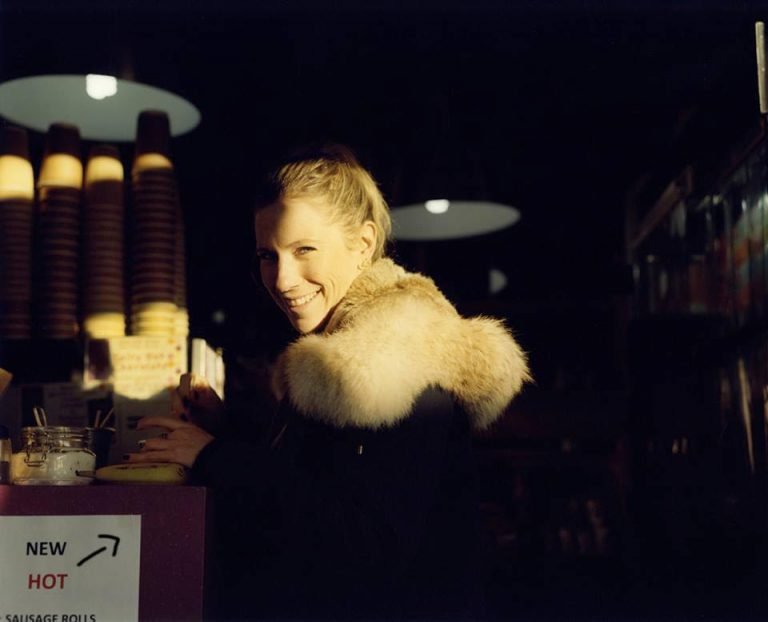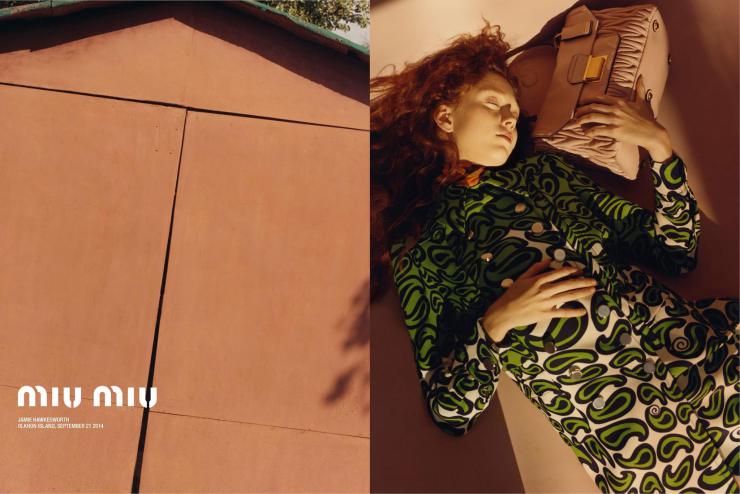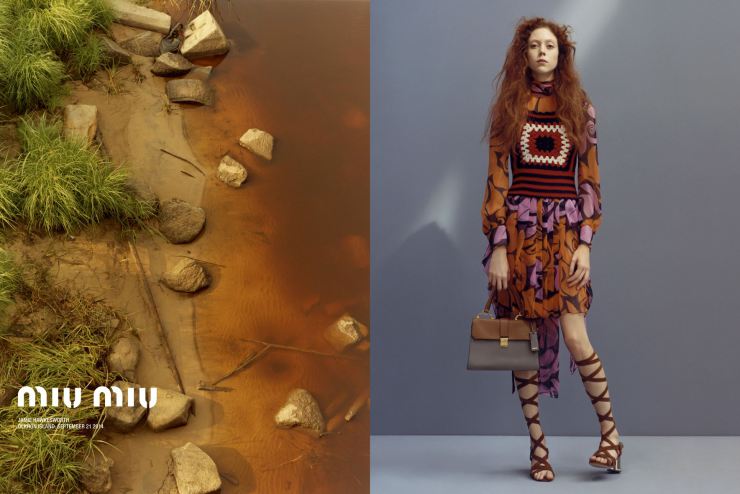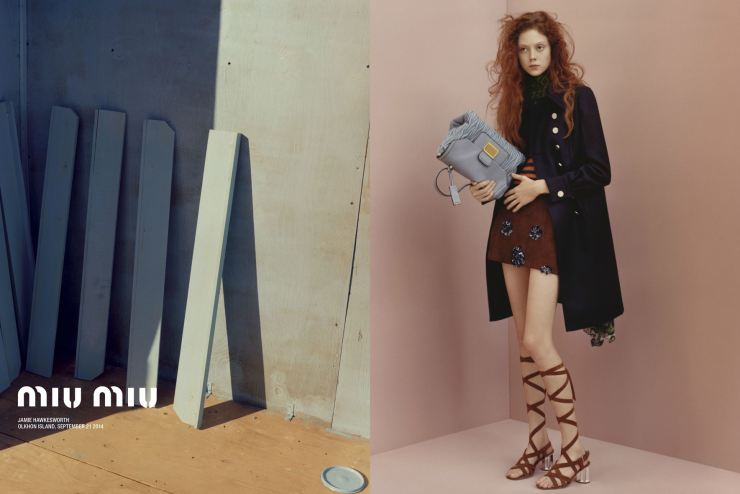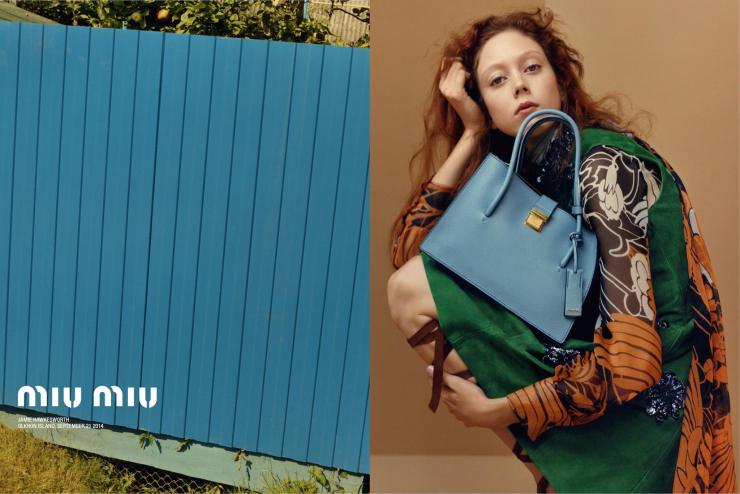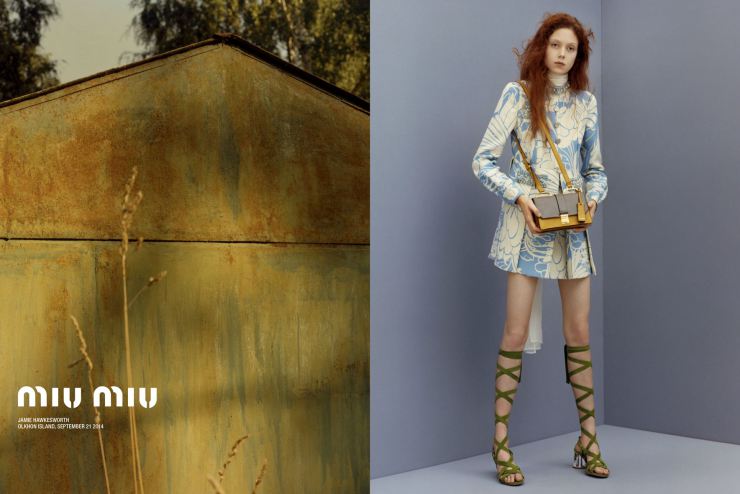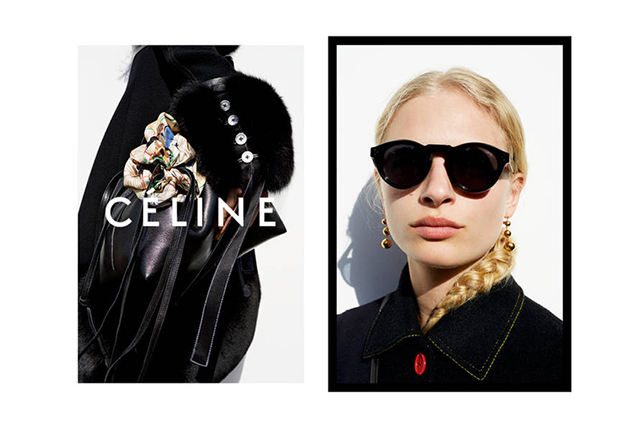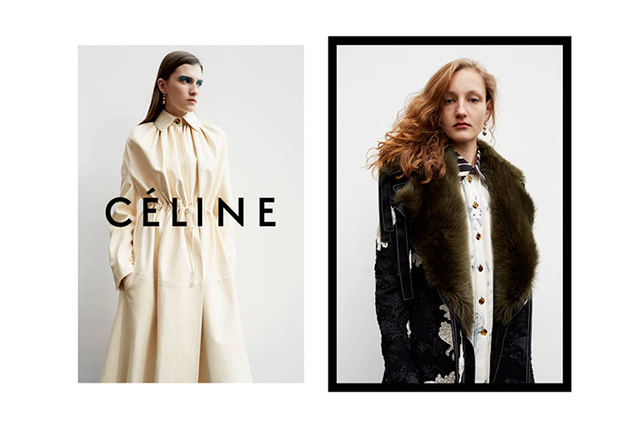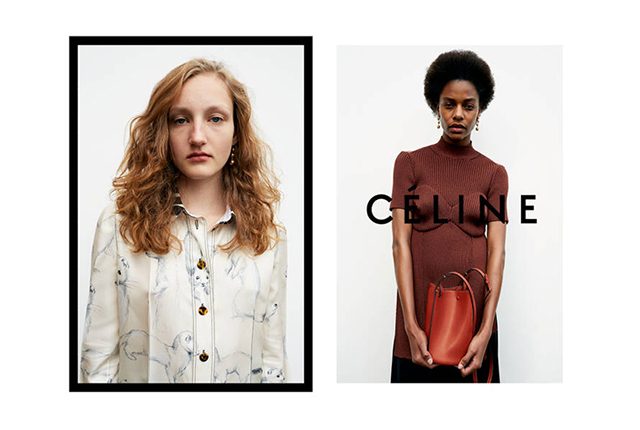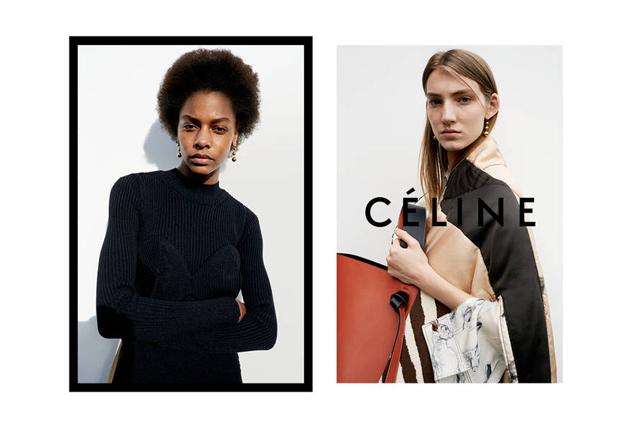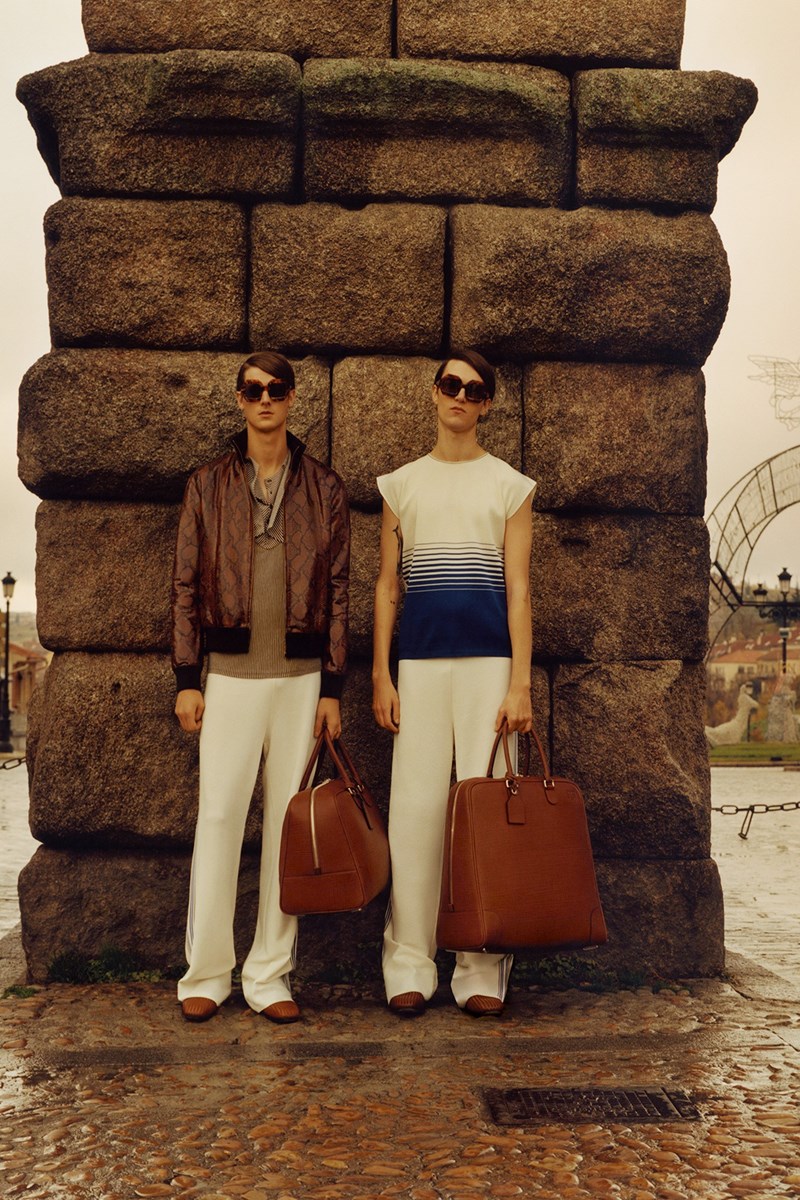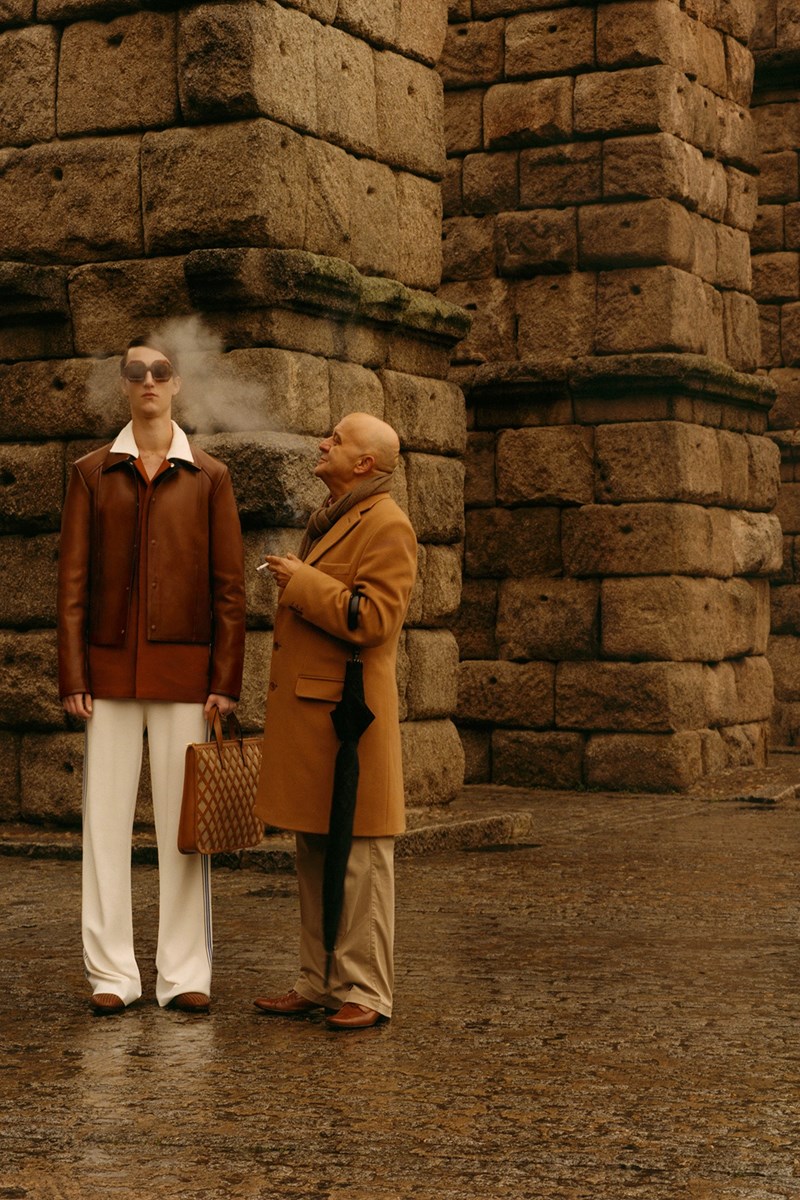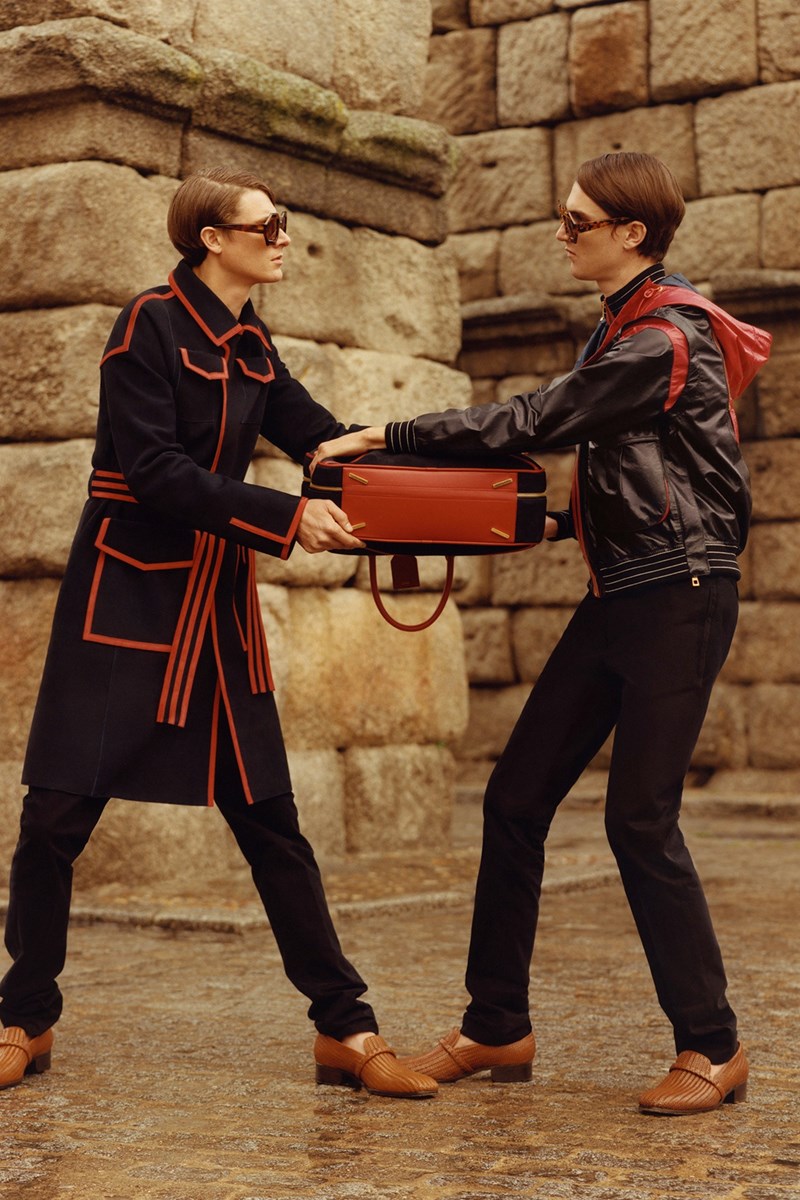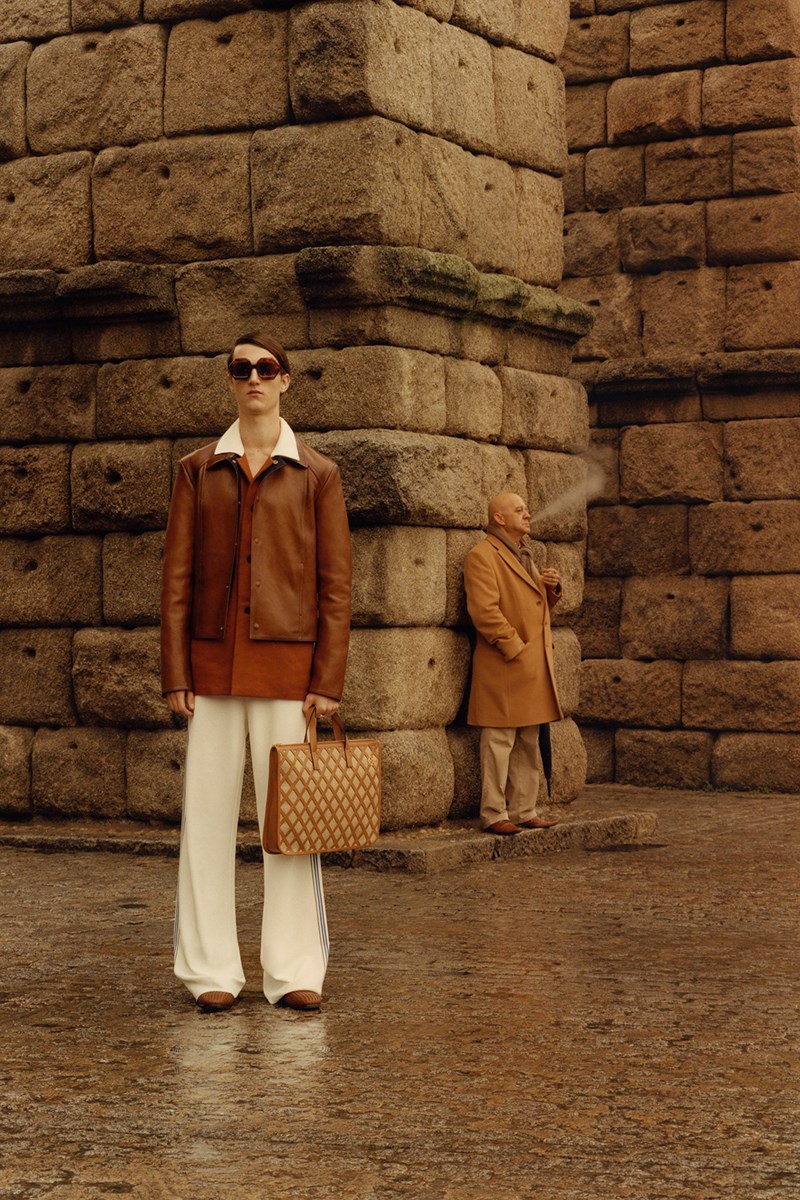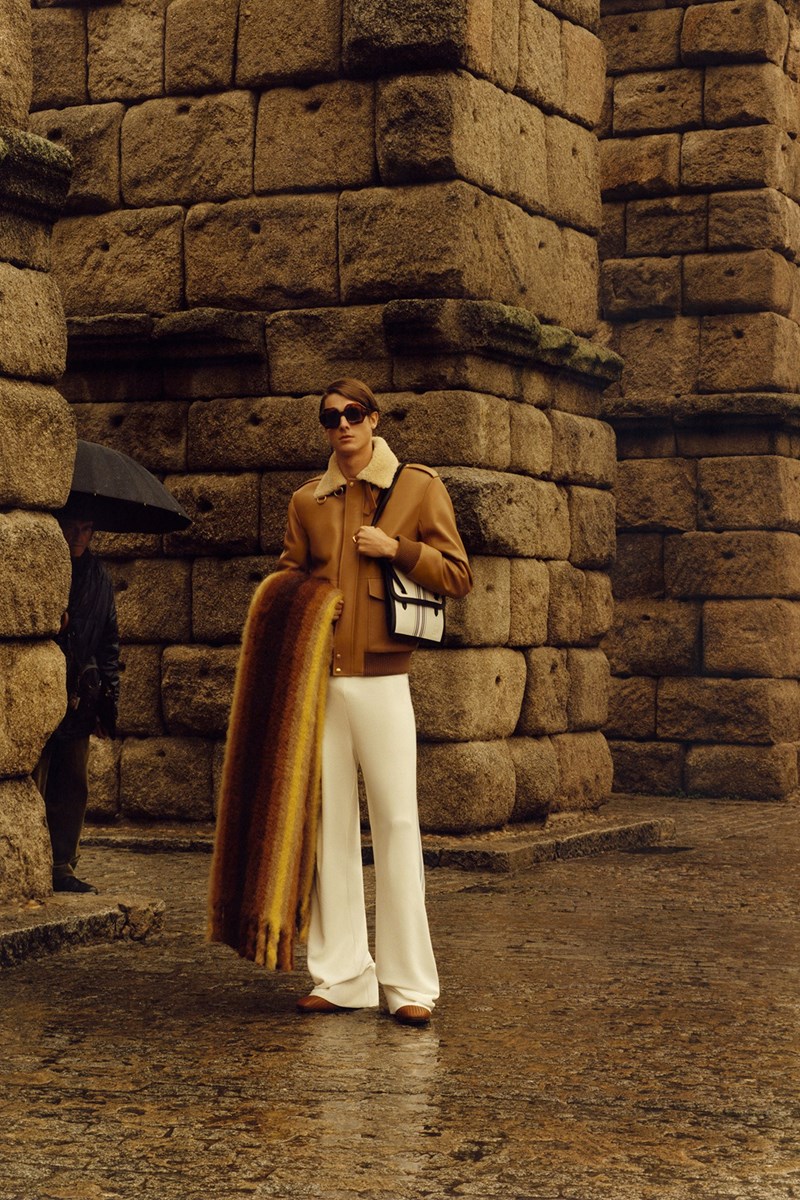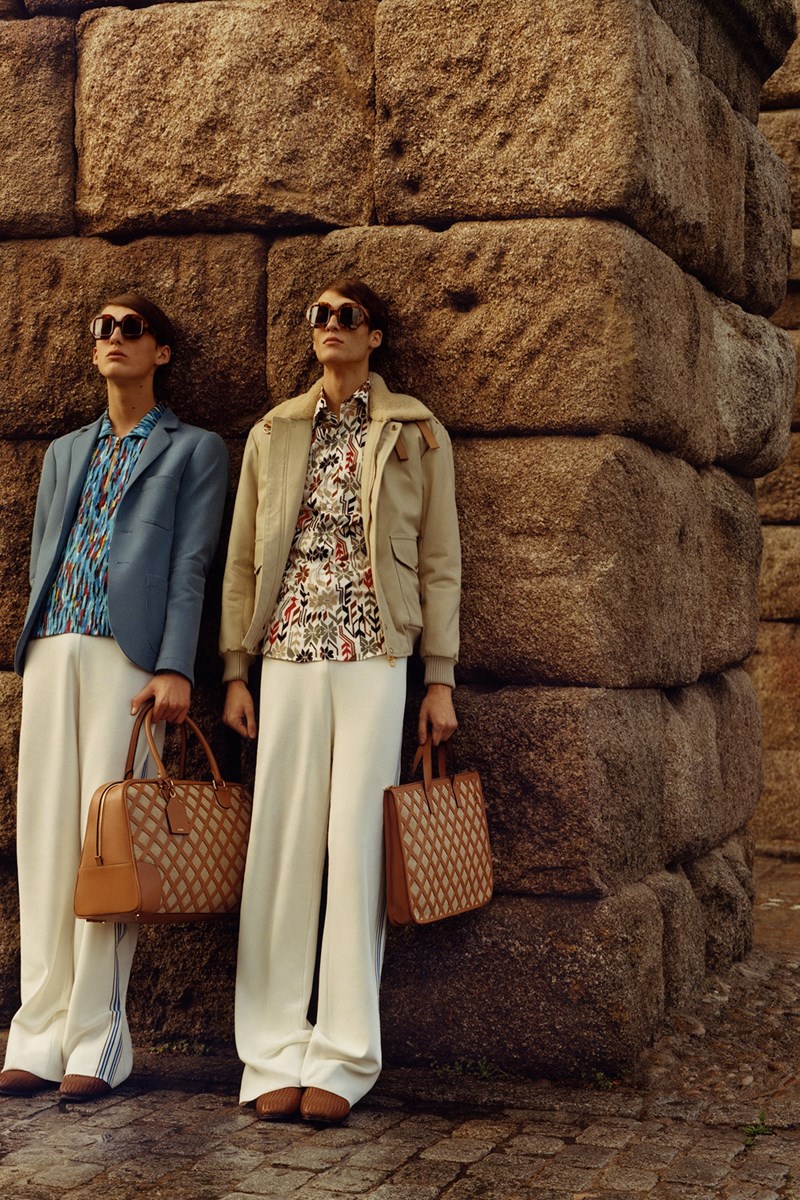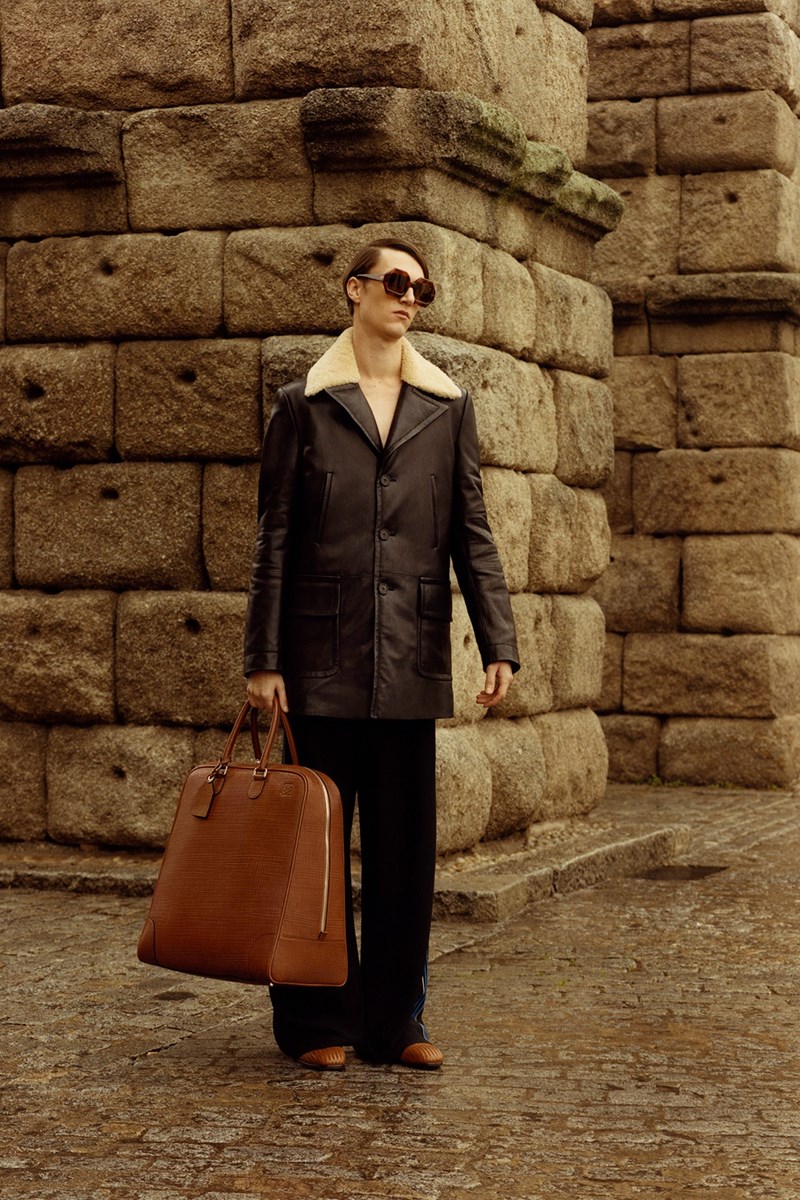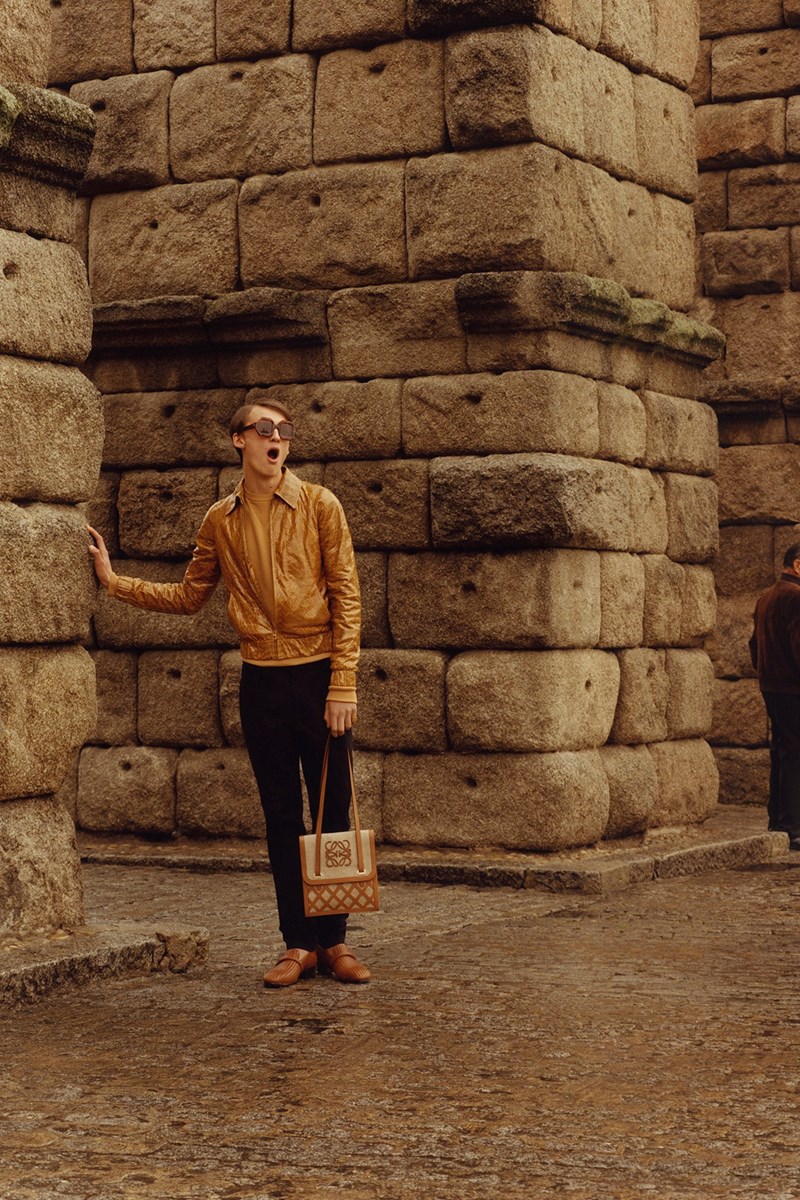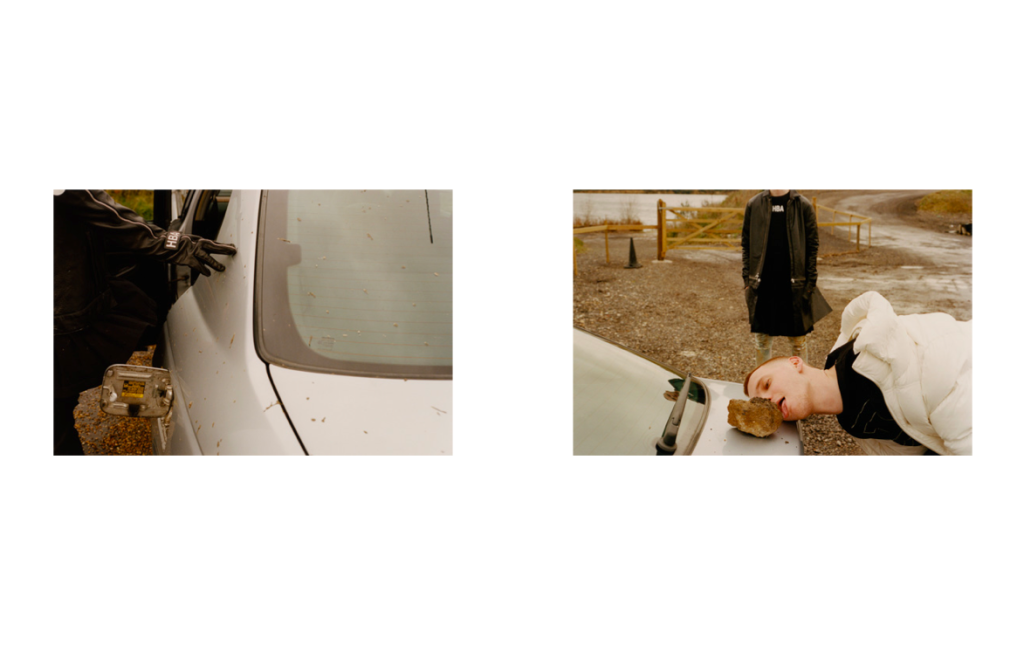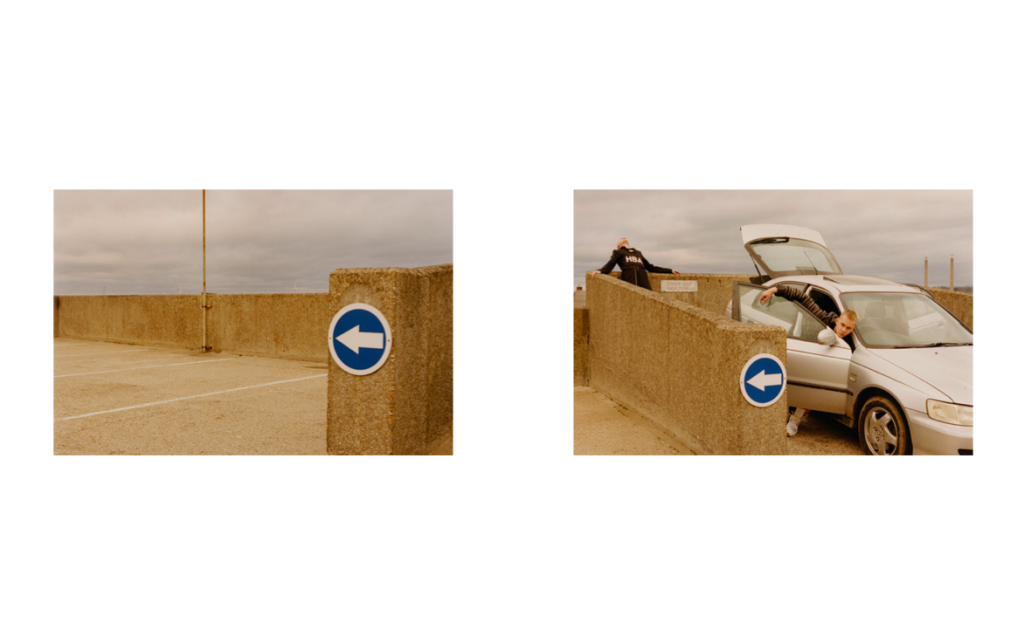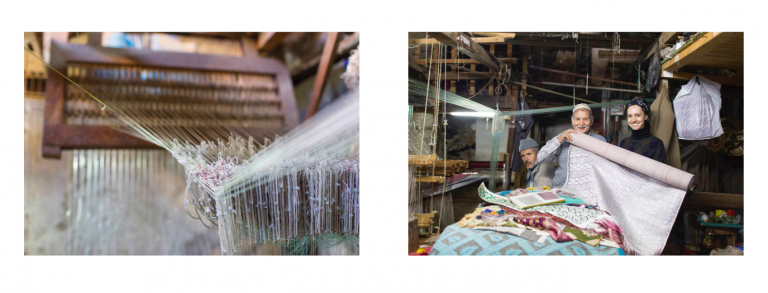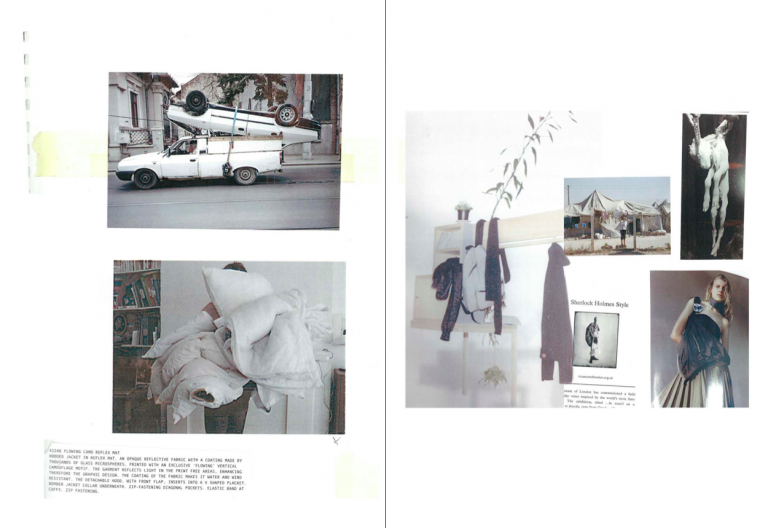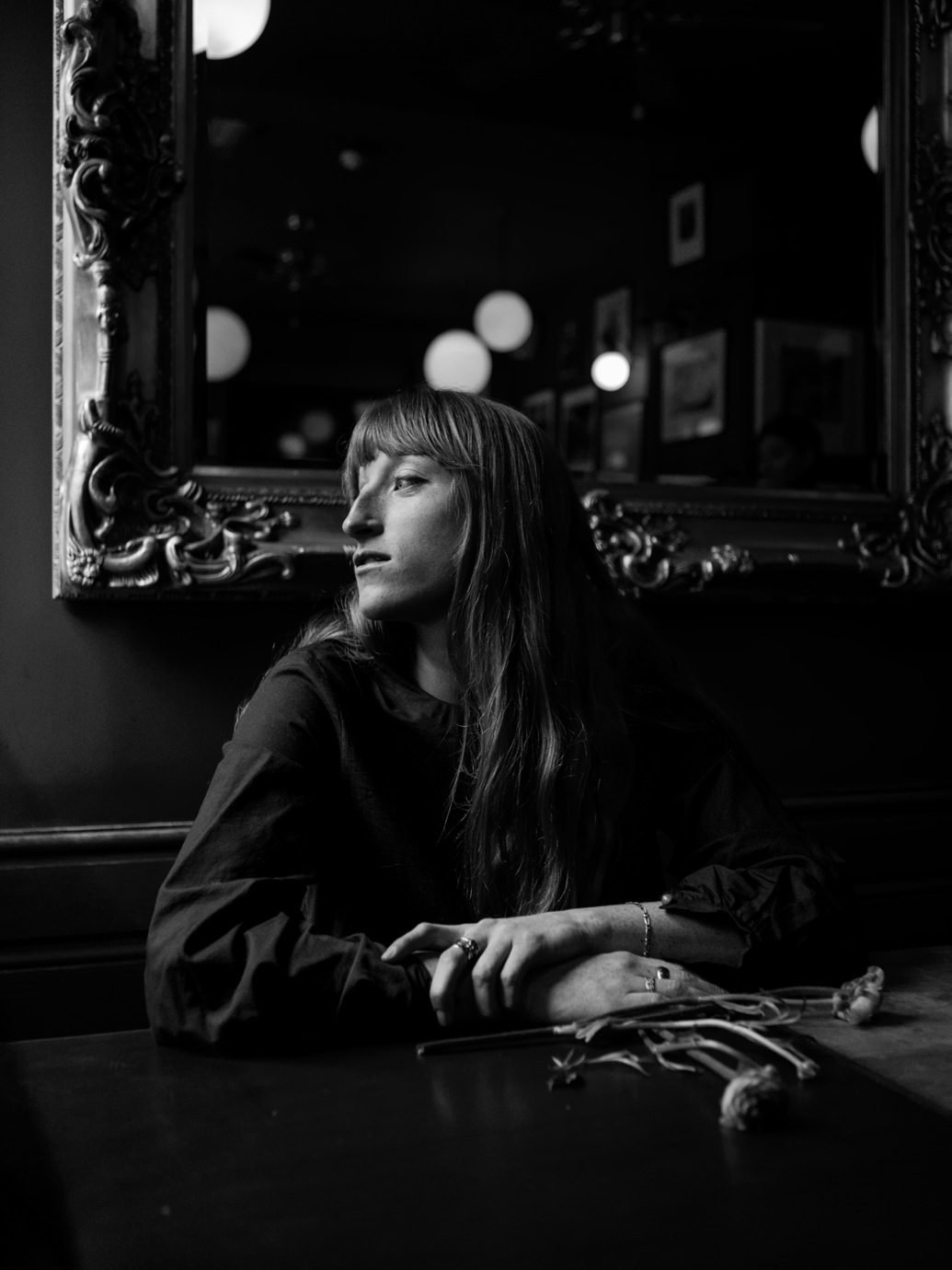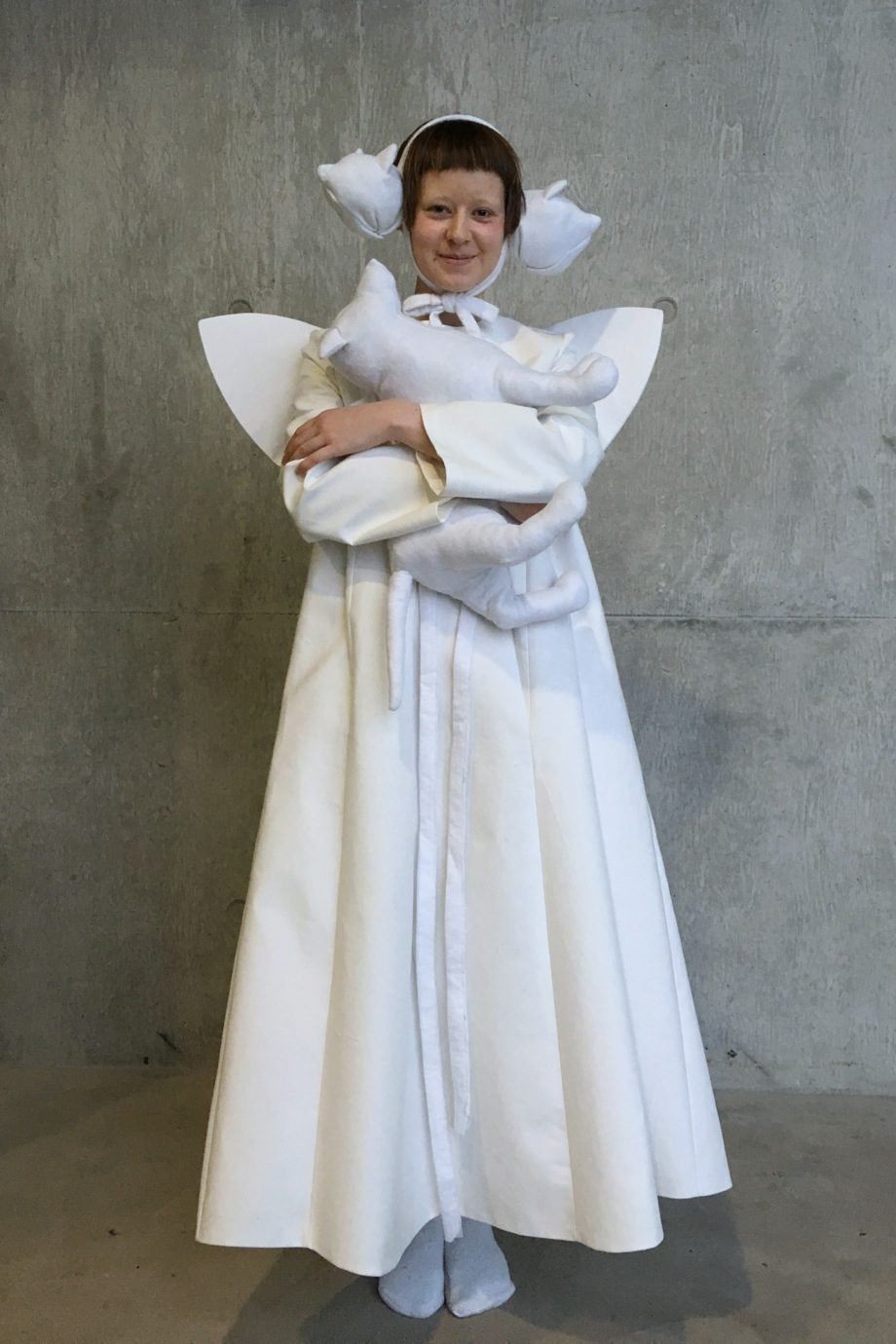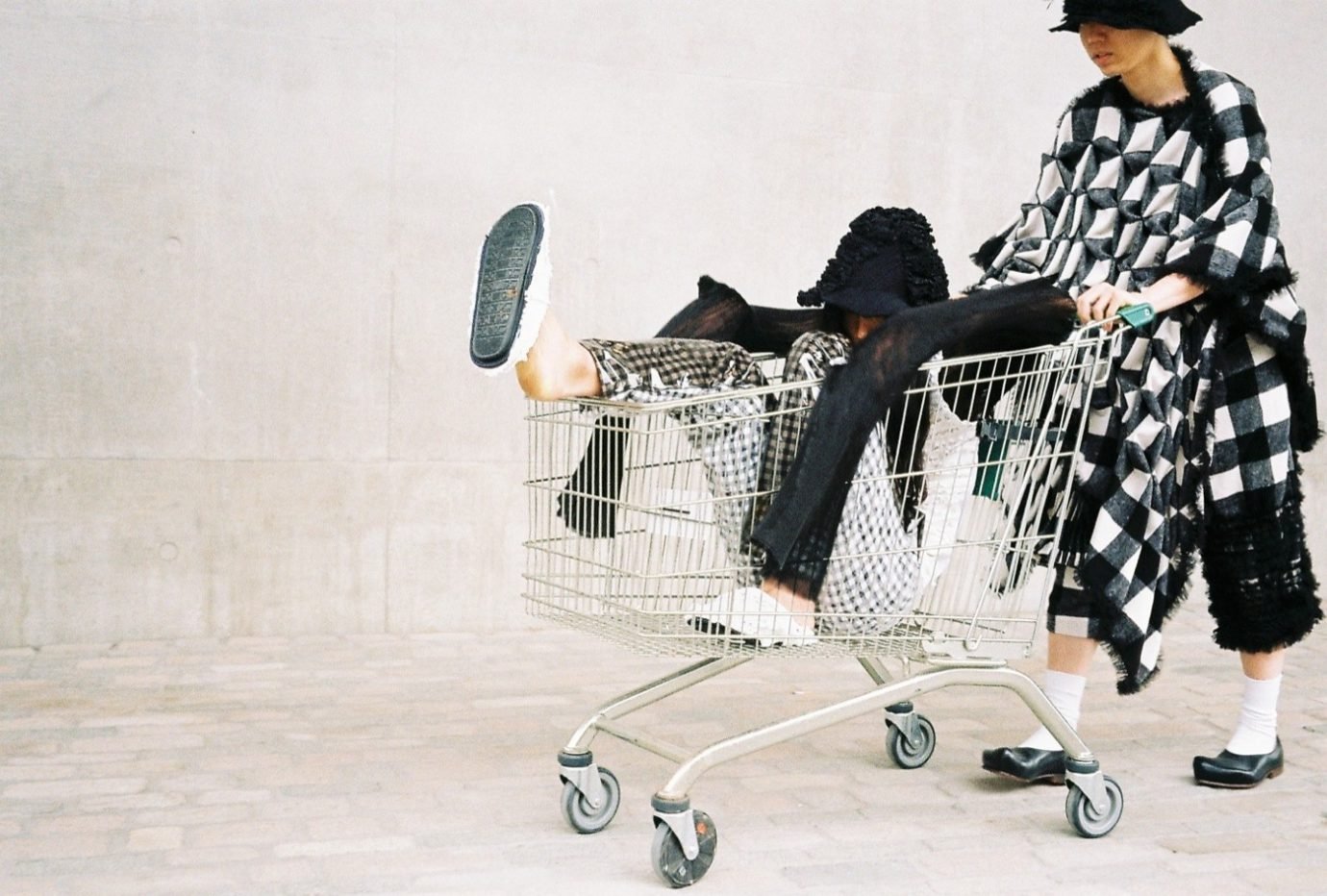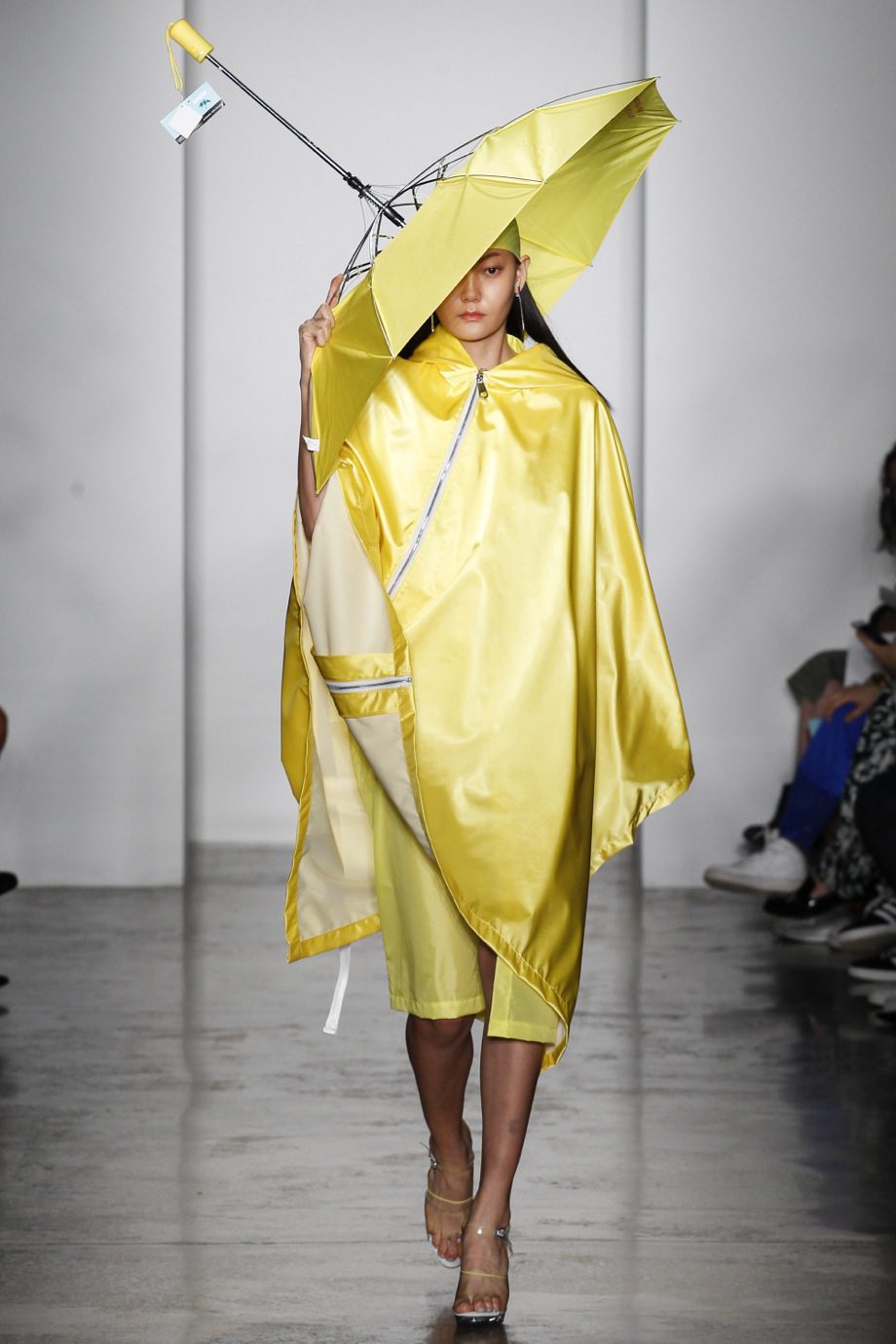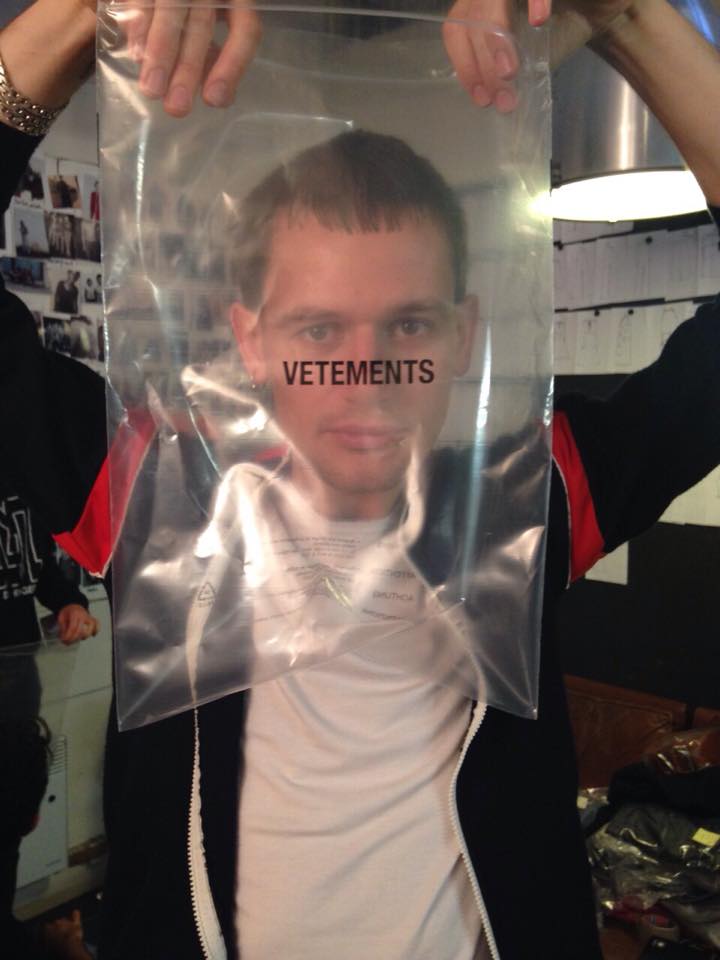Loewe AW15 by Jamie Hawkesworth
Browsing through Laura’s client list, it’s hard not to get a sense of her company’s success in its field. Client include the very elite of luxury goods and fashion publications, like Vogue Italia, i-D, AnOther, Céline, Stella McCartney, Marc Jacobs and J.W. Anderson, and ranges from film, still, editorials, campaigns, TV commercials and digital content. “There is no average day, and we work on every single job in a new way,” she explains, as we try to break down the actual meaning of ‘fashion production’. “What I really enjoy is the mix and cross-pollination of all of those disciplines,” she says, like a true FCP alumni: “I like the contrasts. I like going from a stills project to a TV commercial to a video project to a show. All of those practices inform each other.” Holmes gets a lot of her work from commissioned photographers and directors, as well as directly from clients – the ‘work’ entails instigating all the many components that go into realising a shoot, a video, or a fashion show. “Essentially, we’re there to facilitate the project in the best way possible. It could be finding a location based on a brief; putting a team together; finding the right cinematographer, getting a stylist, a hair stylist, or a make-up artist; doing casting, or finding the perfect casting directors; making sure that the flowers are on brand and nice, etc.” Even the particularities of people’s eating habits is overseen by Holmes: “we keep a record of everyone we’ve ever worked with and their dietary requirements and special requests, and make sure that they’re checked before every job. We know everyone’s wants and needs, so that everyone can do their best of their ability on the job. That’s really important,” she says.
A production-101 would be a constant consideration of two aspects: time and money. Despite the big names, Laura often has to work within strict limitations that reduce options, but not, she argues, necessarily limit creativity: “parameters only make you more creative. I really enjoy a restriction. If you have restrictions, and know you can only work within a certain area, you have to work extra hard to find something amazing or think outside the box and do something different.
“I HAVE NO AMBITION TO BE RICHARD BRANSON.”

